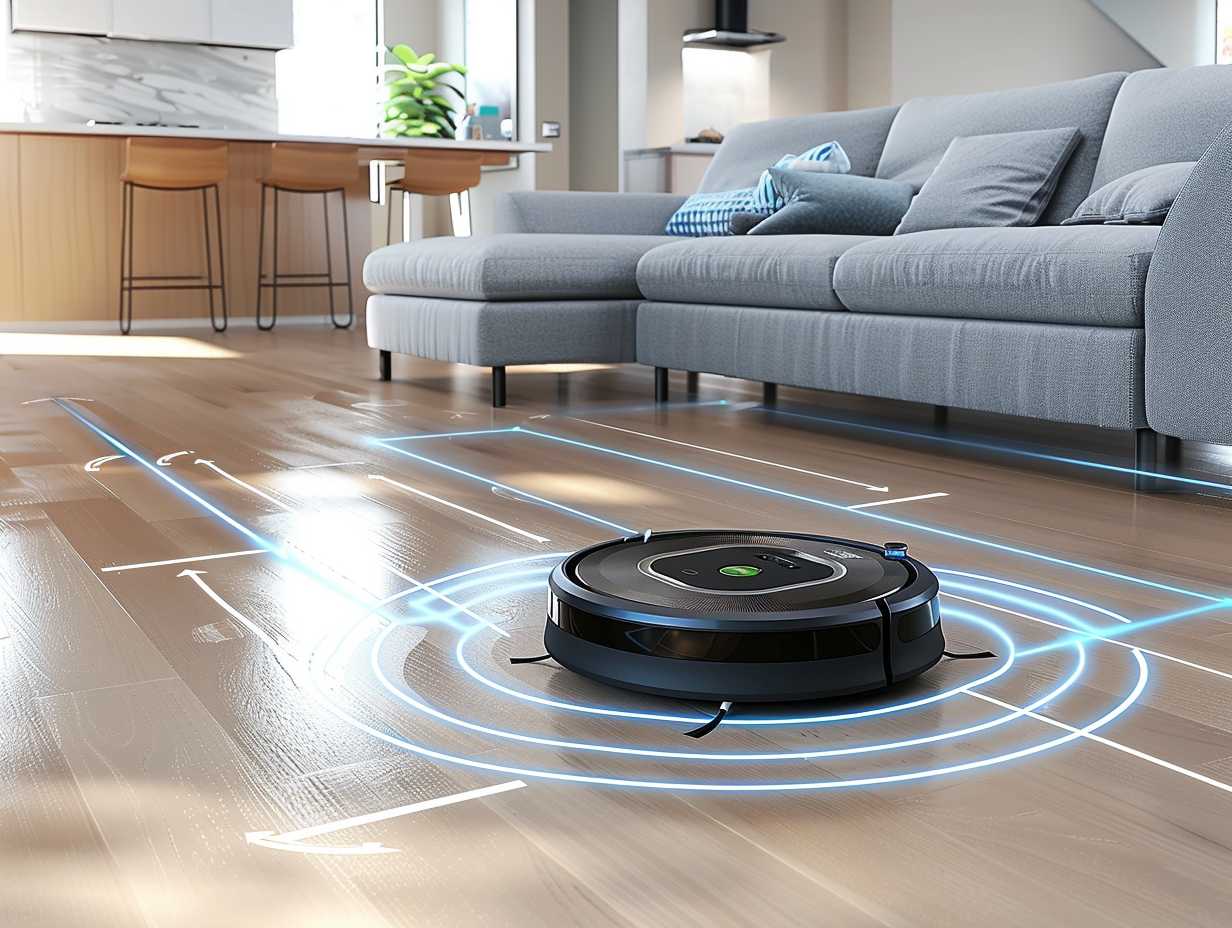
Remote Control and App Functionality

Have you ever wondered how remote control devices are adapting to the digital age?
The evolution of technology has brought about significant changes in the way we interact with our devices, particularly through the seamless integration of apps.
From controlling your TV to managing your home security system, the possibilities seem endless.
But what does this mean for the future of remote control technology and its functionalities?
Stay tuned to uncover the latest trends shaping this dynamic landscape.
Key Takeaways
- Seamless integration with smart devices enables centralized control.
- Enhanced user experience through user-friendly apps and customization.
- Advancements in home automation offer hands-free and secure control.
- Future trends include voice control and AI for advanced automation.
Evolution of Remote Control Devices

As technology progressed, remote control devices have evolved to become more intuitive and multifunctional. Manufacturers have integrated advanced features like voice control, touch screens, and personalized settings to enhance user experience.
The layout and design of remote controls have also undergone significant changes, with sleeker and ergonomic designs becoming the norm. These advancements make it easier for you to navigate through different functions and control various devices with just one remote.
Additionally, the incorporation of smart technology has allowed for seamless connectivity and compatibility with a wider range of devices. Overall, the evolution of remote control devices has revolutionized the way you interact with your electronics, providing greater convenience and control at your fingertips.
Seamless Integration With Smart Devices
With the rise of smart technology, remote control devices have seamlessly integrated with a wide array of smart devices, enhancing user convenience and control options. This integration allows you to control multiple smart devices using a single remote, simplifying your tech interactions.
Through seamless integration, your smart devices can communicate with each other, enabling automated actions based on your preferences. You can now adjust your thermostat, lights, and security system simultaneously with just a few clicks on your remote.
Additionally, the integration fosters a more cohesive smart home ecosystem, where your devices work in harmony to provide you with a personalized and efficient living experience.
Enhanced User Experience Through Apps

Improve your smart device control and convenience through enhanced user experience with intuitive apps. By utilizing apps specifically designed for controlling your smart devices, you can streamline your interactions and enhance your overall user experience. These apps provide a user-friendly interface that simplifies the process of managing various devices in your home. From adjusting lighting and temperature settings to monitoring security cameras, these apps offer a centralized platform for convenient control. With features like scheduling, customization, and remote access, you can personalize your smart home experience to suit your preferences and lifestyle seamlessly.
| Features | Description | Benefits |
|---|---|---|
| User-Friendly | Intuitive interface | Easy navigation |
| Customization | Personalized settings | Tailored experience |
| Remote Access | Control from anywhere | Convenience |
| Scheduling | Automated tasks | Time-saving |
| Centralized | All devices in one place | Simplified management |
Advancements in Home Automation Systems
Enhancing your home automation experience with the latest advancements offers increased convenience and efficiency in managing your smart devices. To explore deeper into the domain of home automation systems, consider the following:
-
Voice Control Integration: Seamlessly control your devices through voice commands for a hands-free experience.
-
Advanced Security Features: Utilize cutting-edge encryption and authentication methods to safeguard your smart home from potential threats.
-
Energy Management Solutions: Optimize energy usage by scheduling devices and monitoring consumption patterns.
-
Interconnectivity Across Platforms: Guarantee compatibility and smooth integration between different smart devices and systems for a cohesive automation experience.
Future Trends in Remote Control Technology

To further revolutionize your home automation experience, consider the upcoming trends in remote control technology that promise enhanced functionality and convenience.
One exciting trend is the integration of voice control features into remote devices. This advancement allows you to simply speak commands to control various aspects of your smart home, eliminating the need to search for a physical remote or even use an app on your phone.
Another trend to watch out for is the incorporation of artificial intelligence (AI) capabilities in remote controls. AI can learn your preferences over time, anticipate your needs, and automate tasks without requiring manual input.
These developments are poised to make your home automation experience more seamless and intuitive than ever before.
Frequently Asked Questions
How Can I Troubleshoot Connectivity Issues Between My Remote Control and Smart Devices?
To troubleshoot connectivity issues between your smart devices, start by checking Wi-Fi signals, device proximity, and software updates. Resetting devices, ensuring proper settings, and consulting manufacturer guides can often resolve common connectivity problems.
Are There Any Security Risks Associated With Using Remote Control Apps for Home Automation?
When considering security risks with remote control apps for home automation, it’s essential to prioritize data protection and privacy. Always stay vigilant, update software regularly, use strong passwords, and enable two-factor authentication for added security.
Can I Use Multiple Remote Control Apps for Different Smart Devices on One Device?
Yes, you can use multiple remote control apps for different smart devices on one device. It allows you to conveniently manage various devices individually. Guarantee compatibility and security measures when using multiple apps for efficient home automation control.
What Are the Common Challenges Faced When Trying to Integrate Older Remote Control Devices With Newer Smart Devices?
When integrating older remote control devices with newer smart devices, you might face compatibility issues due to different communication protocols or technology standards. Updating firmware, using bridge devices, or seeking manufacturer support can help.
How Can I Optimize the Battery Life of My Remote Control Device When Using It With a Variety of Smart Devices?
To optimize battery life with multiple smart devices, prioritize device connections, disable unnecessary features, and reduce screen brightness. Conserving power on less frequently used devices extends battery life. Implementing these strategies can markedly improve overall battery performance.
Conclusion
You may be surprised to learn that over 70% of households in the US now use remote control devices or apps to control their smart home devices.
With the seamless integration and enhanced user experience provided by these technologies, it’s clear that remote control functionality is becoming an essential part of our daily lives.
As advancements in home automation systems continue to evolve, the future of remote control technology looks promising.
Stay tuned for even more exciting developments in this space!
More information about
Affiliate information declaration: We may earn revenue from the products referred on this page and participate in affiliate programs.


